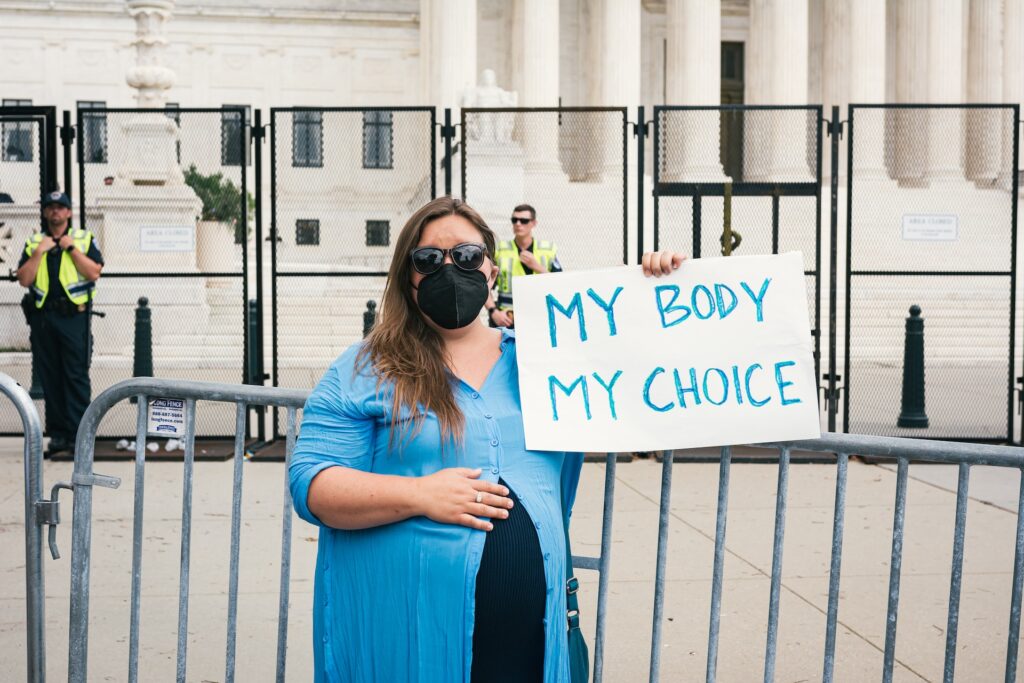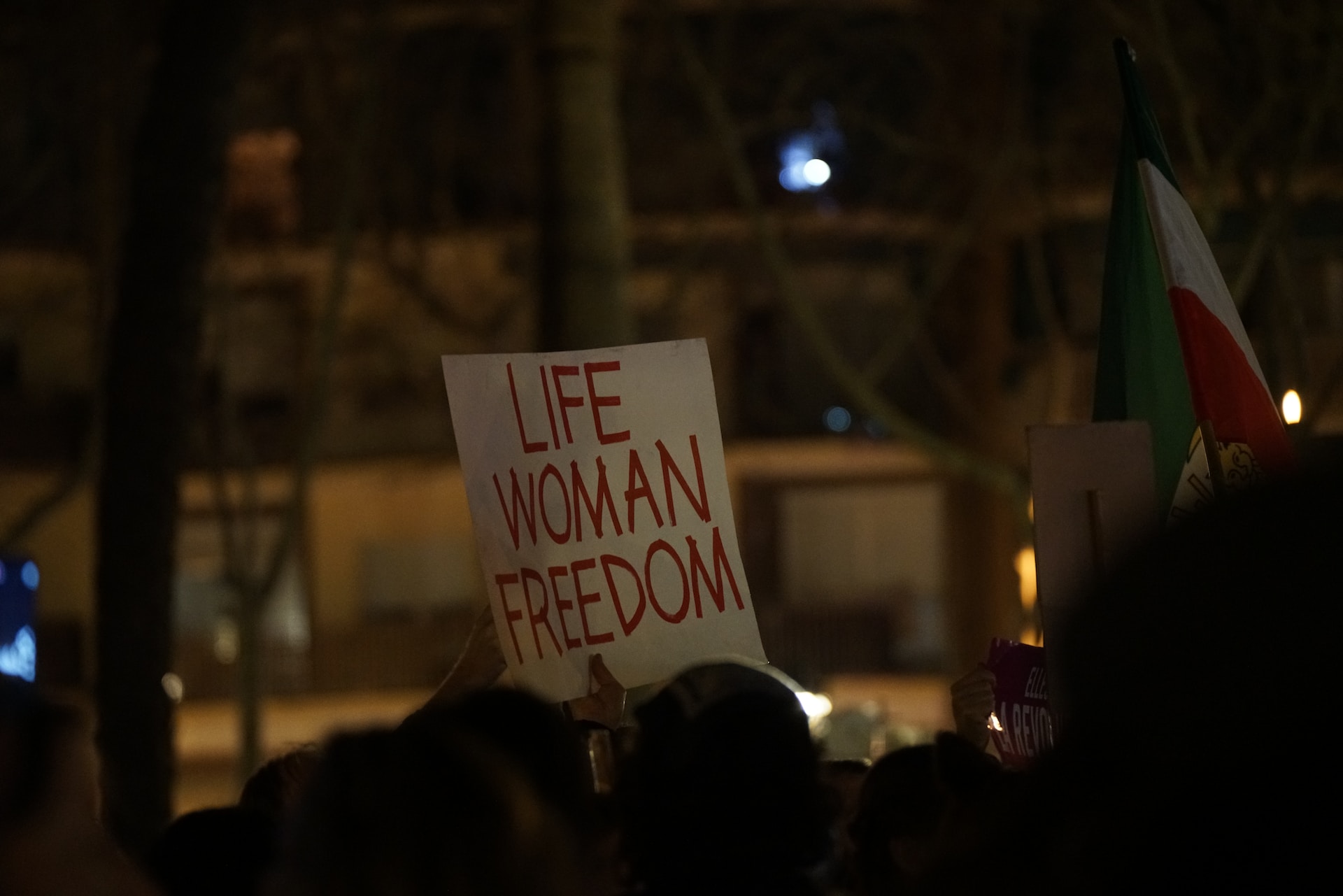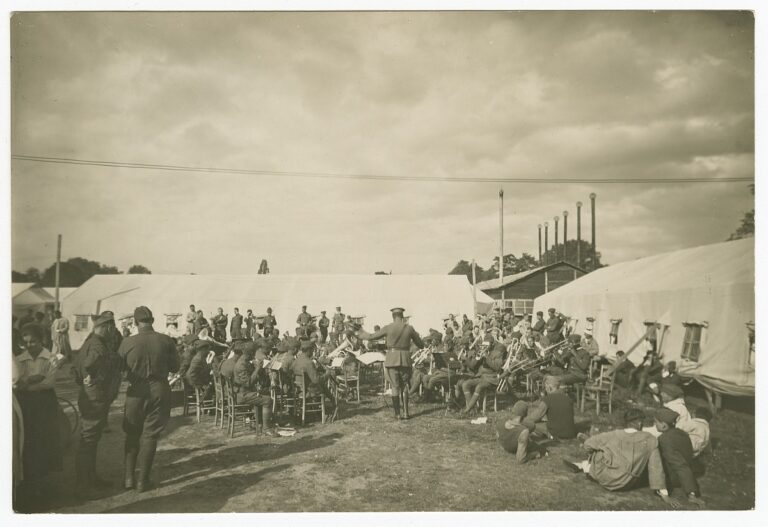The Women’s Rights Convention held in Seneca Falls, New York, in 1848 was a groundbreaking event that marked a significant milestone in the fight for gender equality. This convention, organized by a group of brave and determined women and men, laid the foundation for the women’s rights movement that would shape the course of history. Join us as we explore the key highlights and lasting impact of this pioneering movement.
The Backdrop: Seneca Falls, New York
Situated in the heart of the Finger Lakes region, Seneca Falls was a vibrant town known for its progressive ideas and activism. The town’s unique blend of Quaker values and a thriving manufacturing industry created an environment ripe for social reform. It was against this backdrop that the Women’s Rights Convention would take place.
Setting the Stage: The Declaration of Sentiments
The Women’s Rights Convention in Seneca Falls is best remembered for the historic document known as the Declaration of Sentiments. Modeled after the Declaration of Independence, this powerful statement demanded equal rights for women in various aspects of society, including education, employment, and suffrage. The Declaration of Sentiments set the tone for the convention and became a rallying cry for the women’s rights movement.

The Trailblazers: Stanton, Mott, and McClintock
Elizabeth Cady Stanton, a talented writer and speaker, dedicated her life to advocating for women’s rights. Her leadership in organizing the Seneca Falls Convention in 1848 laid the groundwork for the suffrage movement, which sought equal rights and voting privileges for women.
Lucretia Mott, a respected Quaker minister and reformer, played a pivotal role in the early women’s rights movement. Her commitment to gender equality and abolitionism greatly influenced the convention’s agenda, and she co-organized and spoke at the event.
Mary Ann McClintock, an enthusiastic advocate for both abolitionism and women’s rights, brought Stanton and Mott together. As a close friend to both women, she played a crucial role in convening the historic Seneca Falls Convention.
Collectively, Stanton, Mott, and McClintock were pioneers who led the women’s rights movement at Seneca Falls. Their collaborative efforts ignited a national dialogue, championing equality for women in every aspect of life through the Declaration of Sentiments. Stanton penned the Declaration of Sentiments and delivered a powerful speech during the convention.
The Convention: Uniting Activists and Allies
The Women’s Rights Convention attracted a diverse group of attendees, including both women and men who were united in the fight for gender equality. Throughout the convention, participants engaged in lively discussions, sharing personal stories and experiences that highlighted the injustices faced by women. The convention provided a platform for activists and allies to network, strategize, and build a strong foundation for future advocacy.
The Impact: Inspiring Change Across the Nation
The Women’s Rights Convention in Seneca Falls sparked a ripple effect that reverberated throughout the nation. The Declaration of Sentiments, with its bold assertions and demands, inspired similar conventions and gatherings in other states. This grassroots movement gained momentum, leading to the formation of women’s suffrage organizations and ultimately paving the way for the ratification of the 19th Amendment in 1920, granting women the right to vote.

Exclusions: Race and Poverty
The Women’s Rights Convention was a significant event in the fight for gender equality. However, it is important to acknowledge that there were exclusions during the convention. Among those excluded were poor women and black women. Despite their shared experiences of discrimination and oppression, these marginalized groups faced additional barriers that prevented their full participation in the convention. This aspect of history highlights the intersecting challenges faced by women of different backgrounds and reminds us of the ongoing struggle for inclusivity and equality within the women’s rights movement.
Legacy: Honoring the Pioneers
The Women’s Rights Convention in Seneca Falls laid the groundwork for future generations of women and men to continue the fight for gender equality. Today, the convention is recognized as a pivotal moment in history, and Seneca Falls proudly celebrates its role as the birthplace of the women’s rights movement through various commemorative events and the National Women’s Hall of Fame, which honors the achievements of remarkable women throughout history.
Movement: Continuing the Journey
While significant progress has been made since the Women’s Rights Convention in Seneca Falls, the fight for gender equality is far from over. It serves as a reminder that the fight for women’s rights requires ongoing dedication and collective action. Today, we honor the brave women who paved the way for future generations, and we continue to work towards a more inclusive and equal society.
The Bottom Line
The Women’s Rights Convention in Seneca Falls was a trailblazing event that forever changed the course of history. By demanding equality for women and drafting the Declaration of Sentiments, the convention set in motion a movement that would shape the future of the nation. As we celebrate the pioneers who gathered in Seneca Falls, let us be reminded of their courage, determination, and unwavering belief that all individuals, regardless of gender, deserve equal rights and opportunities.



